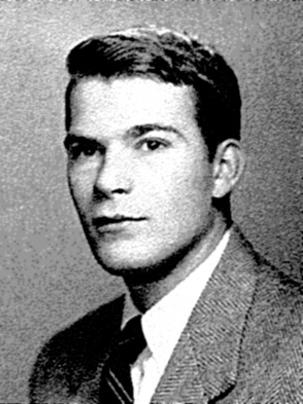Peter F. Dirk Van Peenen ’53

Dirk spent a good part of his life looking for trouble in his role as a Navy research doctor: disease-bearing ticks in Egypt, schistosoma (blood flukes) in Indonesia, and parachuting into Vietnam during the war to find the vector for a new and dangerous form of malaria. To prepare for this work, Dirk, who was born in Pensacola, Fla., came to Princeton, where he joined Dial Lodge, majored in modern languages, took his junior year in France, and wrote a thesis on “Emile Zola et les impressionistes.”
More specific preparation was acquired at the University of California, San Francisco, where he earned a medical degree, and at Johns Hopkins University School of Hygiene, where he earned M.P.H. and Dr.P.H. degrees in public hygiene.
All this led to a career in the Navy Medical Corps with assignments around the world and the position of chairman of the department of preventive medicine at the Uniformed Services University in Bethesda, Md. Retiring from the Navy with the rank of captain, Dirk settled in Tucson, Ariz., where he took advantage of the art studios at the university by enrolling as a freshman, intentionally declining to reveal his previous academic degrees, and earned a second bachelor’s degree and a second election to Phi Beta Kappa.
Dirk worked in a variety of media, from sculpture to silkscreen. He died March 24, 2019, of organ failure in Tucson. He was buried with full military honors at Arlington National Cemetery.
Paw in print
Book Club.
Join and Read With Us.


